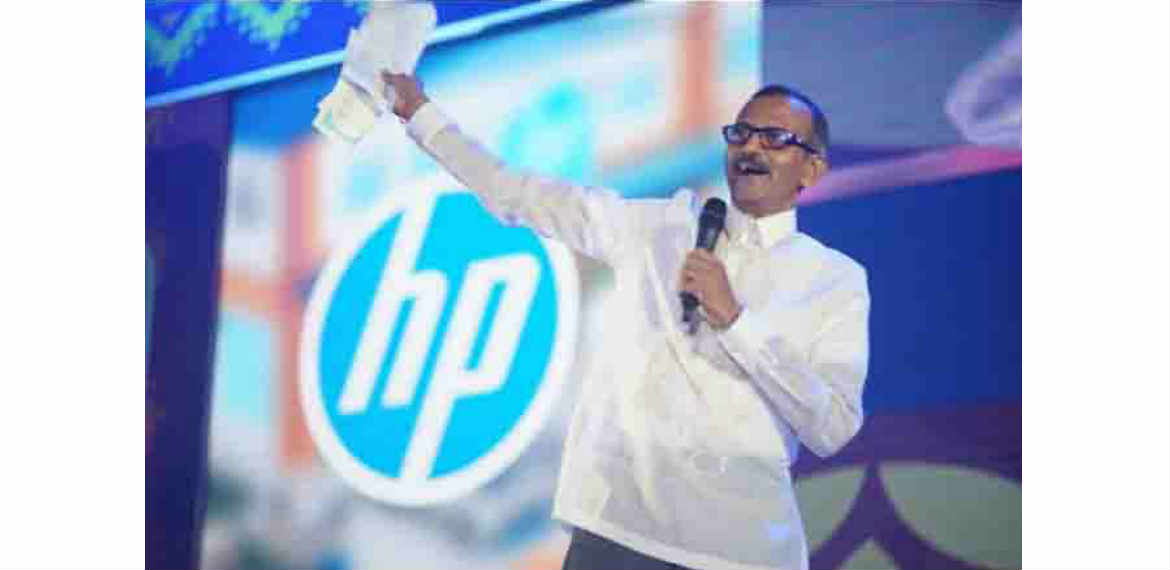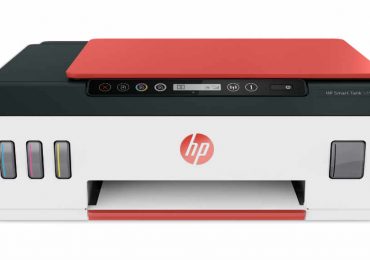Reinventing the Future
HP has continued to look for ways to transform how whole industries design, make, and distribute products – now focusing on digitizing time production across all industries. And the technology is doing it in a more efficient, economical, and environmentally-conscious way.
3D printing can reduce the amount of materials, time, and costs needed to make a finished part by realizing complex shapes or redesigning complex assemblies into a single part. HP itself uses 3D printing in the design and manufacture of parts for the HP Multi Jet Fusion system.
According to a Deloitte University Press report, BMW, an HP Multi Jet Fusion customer, has reduced tooling costs by 58 percent and project time by 92 percent. A BSR case study on aerospace manufacturing indicates that 3D printing can lower raw materials waste up to 40 percent. And Nike has reported that using additive manufacturing to make certain shoe models has reduced waste by 80 percent.
Additive manufacturing can also lower the environmental impact of design and manufacturing. According to Siemens, which uses 3D printing to create industrial gas turbines, the company has reduced GHG emissions by 30 percent and resources used throughout the production process by 63 percent.
By helping companies better match supply with demand, 3D printing also eliminates the overprovisioning of materials, parts, and finished products. Companies can now create virtual inventories in which products are made as needed, rather than physically stored for later use – or worse, never used at all. Similar to what digital printing has done to eliminate make-ready waste, inventory, and material use in two dimensions, we also expect 3D printing to transform manufacturing.
And since companies can now transmit digital files for production locally rather than shipping physical goods, 3D printing can also reduce emissions related to distribution. According to a study published in the Energy Policy journal, by shifting to more localized supply chains, 3D printing could reduce as much as 525.5 million metric tons of C02e emissions by 2025, the equivalent of taking more than 110 million passenger vehicles off the road for a year.
The need and desire for printed materials is not vanishing in our tech-driven world, but technology is changing how the world prints. Through more sustainable product innovations, lower carbon- and energy-intensive business models, and by fundamentally transforming supply chains and entire industries, HP is reinventing printing for a better world.












